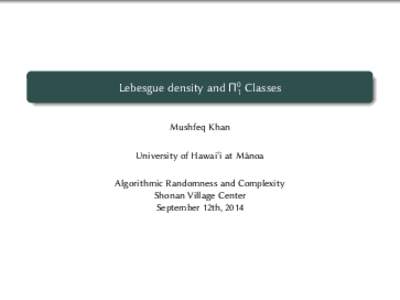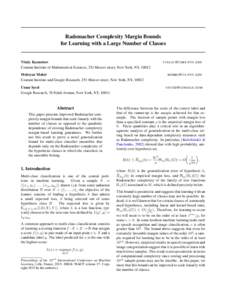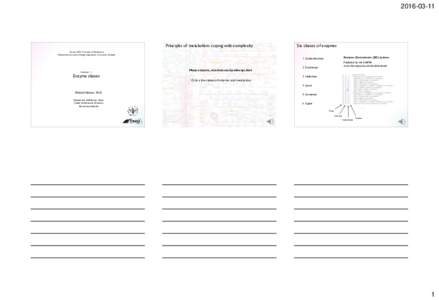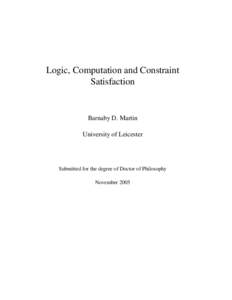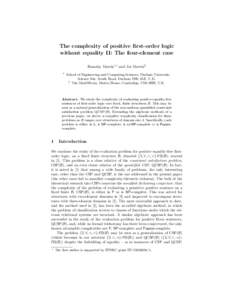<--- Back to Details
| First Page | Document Content | |
|---|---|---|
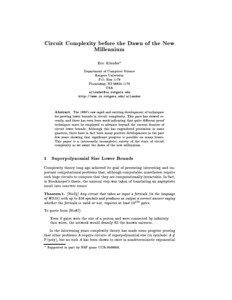 Date: 2001-06-15 14:23:26Complexity classes Circuit complexity ACC0 Natural proof Pseudorandom generator TC0 AC0 Parity function EXPTIME Theoretical computer science Computational complexity theory Applied mathematics |

